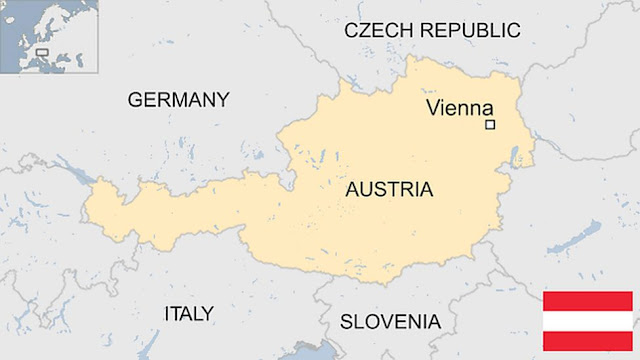"A World on the Brink: The Impending Specter of World War III"
Introduction
In the annals of history, there have been moments that have tested the strength of humanity, pushing nations to the brink of catastrophic conflict. While the world has experienced many wars, the prospect of a third global conflict looms ominously.
The specter of World War III has captured the collective consciousness fueled by geopolitical tensions, territorial disputes, and the ever-present threat of weapons of mass destruction.
This article delves into the factors contributing to this growing concern and explores the consequences of an impending global conflict.
Geopolitical Tensions: The Gathering Storm
In the post-World War II era, the world witnessed the formation of two opposing superpowers, the United States and the Soviet Union, leading to the Cold War. The subsequent dissolution of the Soviet Union might have signaled a shift towards a more peaceful world, but the reality has been far from ideal. Emerging powerhouses such as China, India and regional actors like Russia, Iran, and North Korea have emerged, sparking new geopolitical tensions.
Territorial Disputes and Proxy Wars
The quest for power and resources has led to numerous territorial disputes worldwide.
From the South China Sea to the Middle East, from Kashmir to Ukraine, these conflicts can potentially ignite global flames. Moreover, proxy wars, where significant powers support opposing sides in regional disputes, exacerbate the situation. This complex web of alliances and animosities has the potential to escalate beyond control, drawing in significant powers and culminating in a full-scale global confrontation.
The Proliferation of Weapons of Mass Destruction
Perhaps the most chilling aspect of the impending WWIII scenario is the proliferation of weapons of mass destruction (WMDs). Nuclear weapons, chemical agents, and biological weapons remain a grave concern.
Despite efforts to control their spread, rogue nations and non-state actors may still obtain these deadly armaments. The fear of a rogue state or extremist group getting their hands on WMDs raises the stakes immeasurably, making global conflict even more terrifying.
Technological Advancements and Cyber Warfare
In the digital age, technological advancements have revolutionized warfare.
Cyber warfare, in particular, poses a unique threat as it enables actors to cause widespread damage without direct military confrontation.
State-sponsored cyberattacks have already targeted critical infrastructure and political systems, raising the question of whether a large-scale cyber conflict could be the spark that ignited the fire of World War III.
The Impact on Global Economy and Society
The ramifications of a third world war would be profound and far-reaching.
Economies would collapse, trade routes disrupted, and global supply chains severed, causing unprecedented financial turmoil. Civilian populations would suffer unimaginable hardships, leading to humanitarian crises of epic proportions. The refugee crisis would strain nations' resources and test the international community's ability to provide aid and support.
Seeking a Path to Peace
While the prospect of World War III is undeniably unsettling, there remains hope for a peaceful future. Diplomacy and dialogue, underpinned by a commitment to international cooperation, are crucial to preventing catastrophic conflict. Nations must find common ground, resolve disputes peacefully, and address the root causes of tensions before they escalate beyond control.
Conclusion
The world stands at a crossroads, facing the prospect of a third global conflict that could reshape civilization as we know it.
Geopolitical tensions, territorial disputes, the proliferation of weapons of mass destruction, and technological advancements all contribute to the ominous specter of World War III.
However, through collective effort, diplomacy, and a commitment to peace, humanity can navigate away from this dangerous precipice and forge a future characterized by cooperation and mutual understanding.
The road to peace may be challenging, but the stakes are too high to ignore the call for a world united against the horrors of war.






Comments
Post a Comment
Hello, feel free to write your opinion.